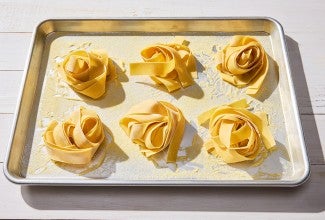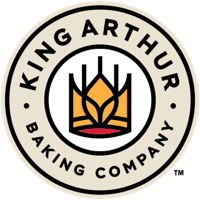The tools you need to start making homemade pasta
My pasta-making starter pack.
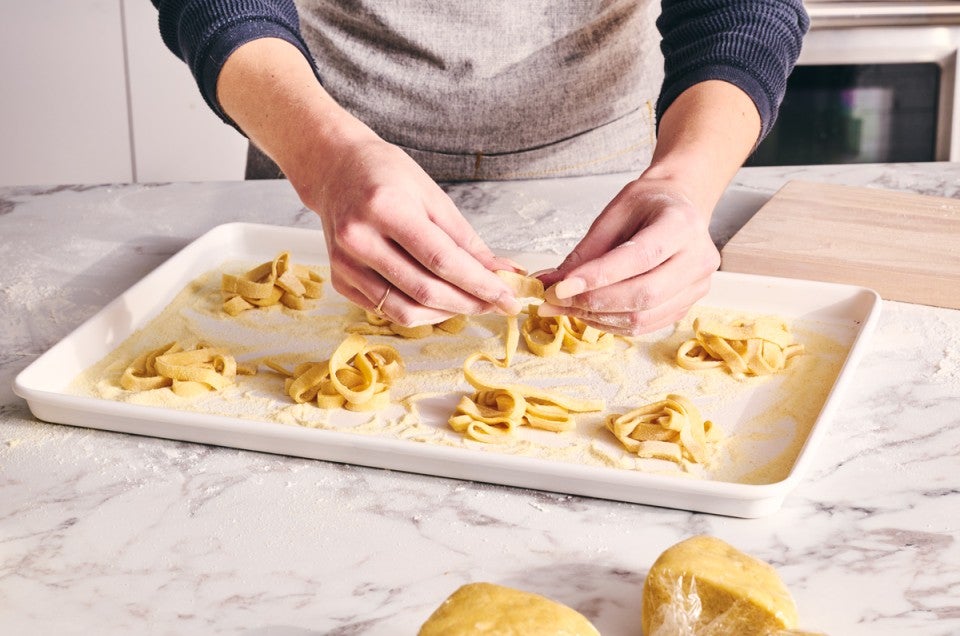

Perhaps one of the biggest misconceptions about making homemade pasta is that you need an arsenal of expensive tools to do it. But this couldn’t be further from the truth. If you’re new to pasta-making, know that you can whip up delicious noodles with what you already have in your kitchen. Of course, that isn’t to say I don’t cherish my own collection of hand-crafted ravioli stamps and brass pasta cutters, or that there aren’t a few handy items I’d recommend to get started. So here are the staples in my pasta maker’s starter pack — at least half of which I’d wager are tucked away in your cabinets already.

If you’re a baker, you already know how important a digital kitchen scale is. And although fresh pasta is more forgiving than cakes and pastries, a scale will still serve you well. Think of it as your pasta-making guardian angel: The precision of weighing your flour and liquids (especially eggs, which vary widely in size) will set you up for success, ensuring consistent, great-textured dough (and all great pasta starts with great dough!). A good scale doesn’t need to be expensive, either: I use the Escali brand, but any scale that can toggle between grams and ounces is great.
A natural (unvarnished) wooden work surface provides helpful friction when kneading and shaping pasta dough, plus its porous texture absorbs excess moisture, which means it’s essentially nonstick. This is particularly useful when making semolina-based pastas like cavatelli and orecchiette, which are shaped through pushing and pulling movements, as well as for preventing sheeted pastas like ravioli from getting stuck. In Italy, you’ll find traditional pasta boards that are the size of an entire table — fitted with a lip to secure them in place, similar to a pastry board — but I used a cheap bamboo cutting board for years and it served me just fine. (To keep a typical wooden cutting board from sliding on your countertop, just lay a damp dishcloth underneath.)
Odds are you already have this multi-purpose kitchen tool lying around. When it comes to pasta, a sturdy metal bench knife (sometimes referred to as a bench scraper) is great for bringing flour and liquid together during the dough-making process, but I most often use it for shaping — it’s sharp enough to cut little nuggets for cavatelli or trim too-long pasta sheets without the risk of slicing a finger. Extra points for a bench scraper equipped with measurements.
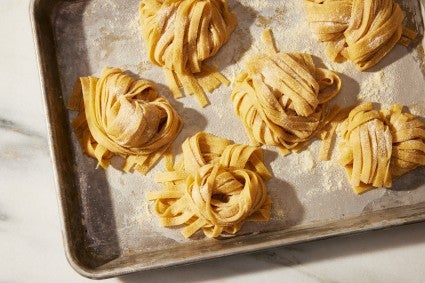
No, we’re not turning on the oven, but I always have a sheet pan on hand to store my finished pasta. Line it with parchment paper, a tightly woven dishcloth, or a dusting of coarse semolina flour to prevent the pasta from sticking while you work. Nordic Ware half- and quarter-sheet pans are my preference; the smaller sizes fit nicely in my refrigerator or freezer if I’m storing the pasta for future use. Speaking of storage: You can do without a pasta drying rack. There are other, simpler ways to store long pastas that don’t require so much precious counter space.
If you’re ready to take the plunge into stuffed pastas, a set of sturdy nesting cookie cutters will make quick work of rounded shapes like ravioli and cappelletti, and their versatility (plus the fact that you may already have them in your kitchen) make them a great option for beginners. Either fluted- or smooth-edged work well (I have both; Ateco is my preferred brand), and the various sizes offer the most flexibility.
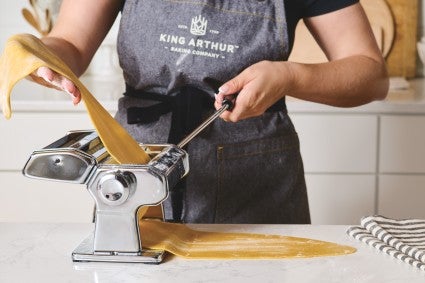
A quick reminder: You don’t need a pasta machine to make fresh pasta. Plenty of delicious shapes can be made by hand, without needing to roll the dough into flat sheets at all. But if you’re interested in making long fettuccine ribbons, pinched farfalle butterflies, or almost any stuffed pasta, I strongly recommend a pasta machine. You can, of course, roll out your dough with a rolling pin, but for most of us, a machine is well worth the investment: It’ll churn out beautifully thin, smooth, and consistent pasta sheets with a fraction of the time and effort. There are plenty of models on the market, but I always recommend the Marcato Atlas 150 for manual users, or stand mixer attachments (like the KitchenAid pasta roller attachment) for those who prefer something electric. To cut noodles, you can just use a sharp chef’s knife.
If you don’t want to commit to a machine and prefer to ease into pasta-making — or, on the flip side, expand your repertoire of shapes — consider a gnocchi board: These ridged wooden boards impart texture on not only potato gnocchi, but also semolina-based pastas like cavatelli and gnocchetti sardi (Sardinian gnocchi) — and they make the process a whole lot more fun. Gnocchi boards are generally inexpensive, too; I like this one from Eppicotispai, which comes with a wooden dowel that can be used to make other shapes like garganelli.
Itching to make some pasta? Check out my guide on how to cook fresh pasta.
Cover photo and food styling by Liz Neily.
